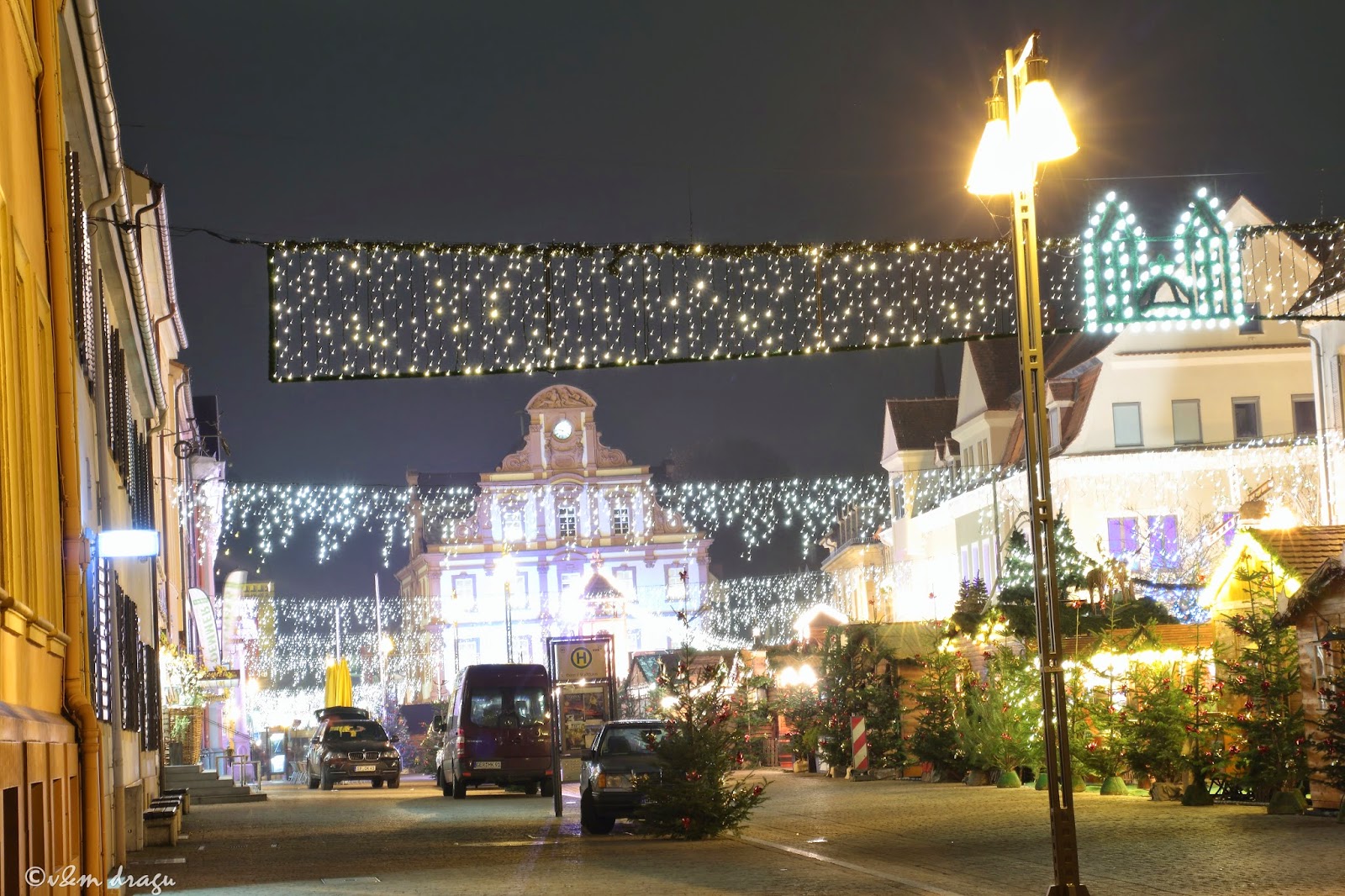The Gedächtniskirche der Protestation
The Gedächtniskirche der Protestation ('The Memorial Church of the Protestation') is a Protestant Lutheran church in Speyer, Rhineland-Palatinate.
Built between 1893 and 1904, the church was constructed in memory of the protest that took place at the Diet of Speyer by the Protestant states of the Holy Roman Empire in 1529.
The tower is the tallest bell tower in the palatinate with 100 m.
The Speyer Cathedral, officially the Imperial Cathedral Basilica of the Assumption and St Stephen, in Latin: Domus sanctae Mariae Spirae (German: Dom zu Unserer lieben Frau in Speyer) in Speyer, Germany, is the seat of the Roman Catholic Bishop of Speyer and is suffragan to the Archdiocese of Bamberg. The cathedral, which is dedicated to St. Mary, patron saint of Speyer ("Patrona Spirensis") and St. Stephen is generally known as Kaiserdom zu Speyer (Imperial Cathedral of Speyer).
Pope Pius XI raised Speyer Cathedral to the rank of a minor basilica of the Roman Catholic Church in 1925.
Begun in 1030 under Conrad II, with the east end and high vault of 1090-1103, the imposing triple-aisled vaulted basilica of red sandstone is the "culmination of a design which was extremely influential in the subsequent development of Romanesque architecture during the 11th and 12th centuries".
As the burial site for Salian, Staufer and Habsburg emperors and kings the cathedral is regarded as a symbol of imperial power. With the Abbey of Cluny in ruins, it remains the largest Romanesque church.It is considered to be "a turning point in European architecture", one of the most important architectural monuments of its time and one of the finest Romanesque monuments.
In 1024, Conrad II commissioned the construction of the Christian Western world's largest church in Speyer which was also supposed to be his last resting place. Construction began 1030 on the site of a former basilica which stood on an elevated plateau right by the Rhine but safe from high water. Along with Santiago de Compostela (begun 1075), Cluny Abbey (Cluny III, begun 1085), and Durham Cathedral (begun 1093), it was the most ambitious project of the time.The red sandstone for the building came from the mountains of the Palatine Forest and is thought to have been shipped down the channelled Speyerbach, a stream running from the mountains into the Rhine at Speyer. Neither Conrad II, nor his son Henry III, were to see the cathedral completed. Conrad II died in 1039 and was buried in the cathedral while it was still under construction; Henry III was laid next to him in 1056. The graves were placed in the central aisle in front of the altar.
Nearly completed, the cathedral was consecrated in 1061. This phase of construction, called Speyer I, consists of a Westwerk, a nave with two aisles and an adjoining transept. The choir was flanked by two towers. The original apse was round inside but rectangular on the outside. The nave was covered with a flat wooden ceiling but the aisles were vaulted, making the cathedral the second largest vaulted building north of the Alps (after Aachen Cathedral). It is considered to be the most stunning outcome of early Salian architecture and the "culmination of a design which was extremely influential in the subsequent development of Romanesque architecture during the 11th and 12th centuries".
Around 1090, Conrad's grandson, Emperor Henry IV, conducted an ambitious reconstruction in order to enlarge the cathedral. He had the eastern sections demolished and the foundations enforced to a depth of up to eight metres. Only the lower floors and the crypt of Speyer I remained intact. The nave was elevated by five metres and the flat wooden ceiling replaced with a groin vault of square bays, one of the outstanding achievements of Romanesque architecture.Each vault extends over two bays of the elevation. Every second pier was enlarged by adding a broad pilaster or dosseret, which formed a system of interior buttressing. Engaged shafts had appeared around 1030 in buildings along the Loire (St. Benoit-sur-Loire, Auxerre, Loches) from where the technique spread to Normandy and the Rhineland.
In 1981, the cathedral was added to the UNESCO World Heritage List of culturally important sites as "a major monument of Romanesque art in the German Empire".
Old Gate
The Old Gate was built between 1230 and 1250 on the ruins of a previous tower. The bottom of the 13th century tower remains as the foundation but, in 1511, Speyer's mayor ordered that the tower be rebuilt, so the top portion is newer. It was completed in 1514. It was originally built as an exterior gate, connecting the old town with the suburb of St.Gilgenvorstadt. A 20 metres (66 ft) high roof was added in 1708.
The tower narrowly survived the destruction of Speyer in 1689, during the War of the Grand Alliance. French troops had placed explosives in the tower and were preparing to demolish it when the Prior of the nearby Carmelite monastery warned Marshal Duras that the tower's collapse might endanger the monastery and Duras' headquarters, which had been established nearby. When Duras responded that his soldiers knew how to demolish the building without danger, the entire Carmelite community knelt in front of the French troops with their burning firebrands, to plead for the tower to be spared. "Our monastery is old and weak," the Prior pled with Duras. "If the towers fall, ... the rotten walls ... would be rocked from the enormous mass of falling stones, and therefore collapse. So please have compassion and spare the tower." After pondering for a few minutes, the Marshal commanded the Carmelites to rise. "Stand up children, the tower shall stand."
While the Old Gate was spared, the city of Speyer and the cathedral were left in a heap of rubble.
Source: http://en.wikipedia.org/wiki/Speyer_Cathedral
http://en.wikipedia.org/wiki/Old_Gate_(Speyer)






















No comments:
Post a Comment